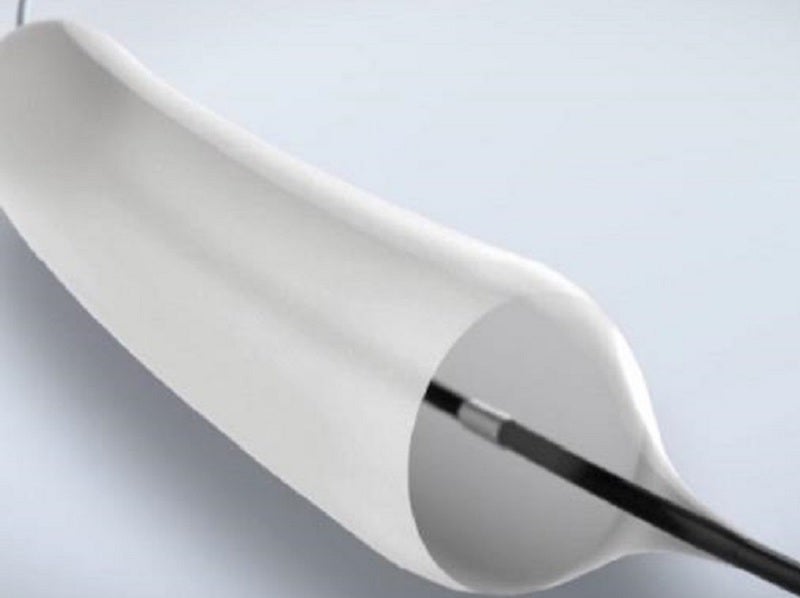
GIE Medical has launched two clinical trials in the US to investigate the use of ProTractX3 TTS DCB, its multi-stage drug-coated balloon (DCB) technology, in oesophagal and bowel strictures.
The first multicentre randomised controlled clinical trial, dubbed PAclitaxel Coated Balloon for the Treatment of Chronic bEnigN sTricture – Esophagus (PATENT-E), has been designed to assess the efficacy and safety of the DCB technology to treat benign oesophagal strictures.
In the trial, participants will be randomised to receive either ProTractX3 DCB or standard-of-care endoscopic dilation.
It will compare the participants who have improvement of dysphagia symptoms without clinically driven repeat intervention at six months after treatment.
Additionally, the study will compare the rate of treatment-related major adverse incidents that occur within 30 days of the treatment.
The company stated that its investigational ProTractX3 3-Stage TTS DCB is coated with paclitaxel, a chemotherapeutic agent.
GIE Medical chief operating officer Peter Barnett said: “This technology could truly impact patient care and quality of life, and our initial use cases mark the first time this groundbreaking technology has been used in the United States.”
The second trial, dubbed PAclitaxel Coated Balloon for the Treatment of Chronic bEnigN sTricture – Bowel (PATENT-B), will assess the investigational device’s safety and efficacy to treat benign bowel strictures.
In the trial, the rate of anatomic success between the patient groups will be compared six months after treatment.
It will be measured by the ability to pass a paediatric colonoscope through the treated area without considerable resistance.
The company stated that the rate of major adverse events related to the treatment will also be compared between the patient groups 30 days after the treatment.
It noted that many patients in the trials have already received treatment and subject enrolment is continuing across the US.



